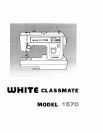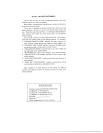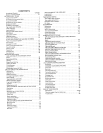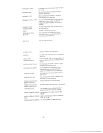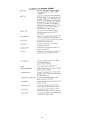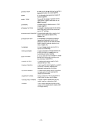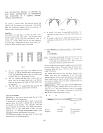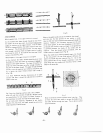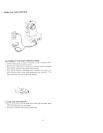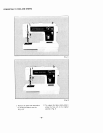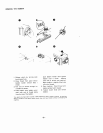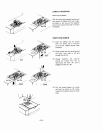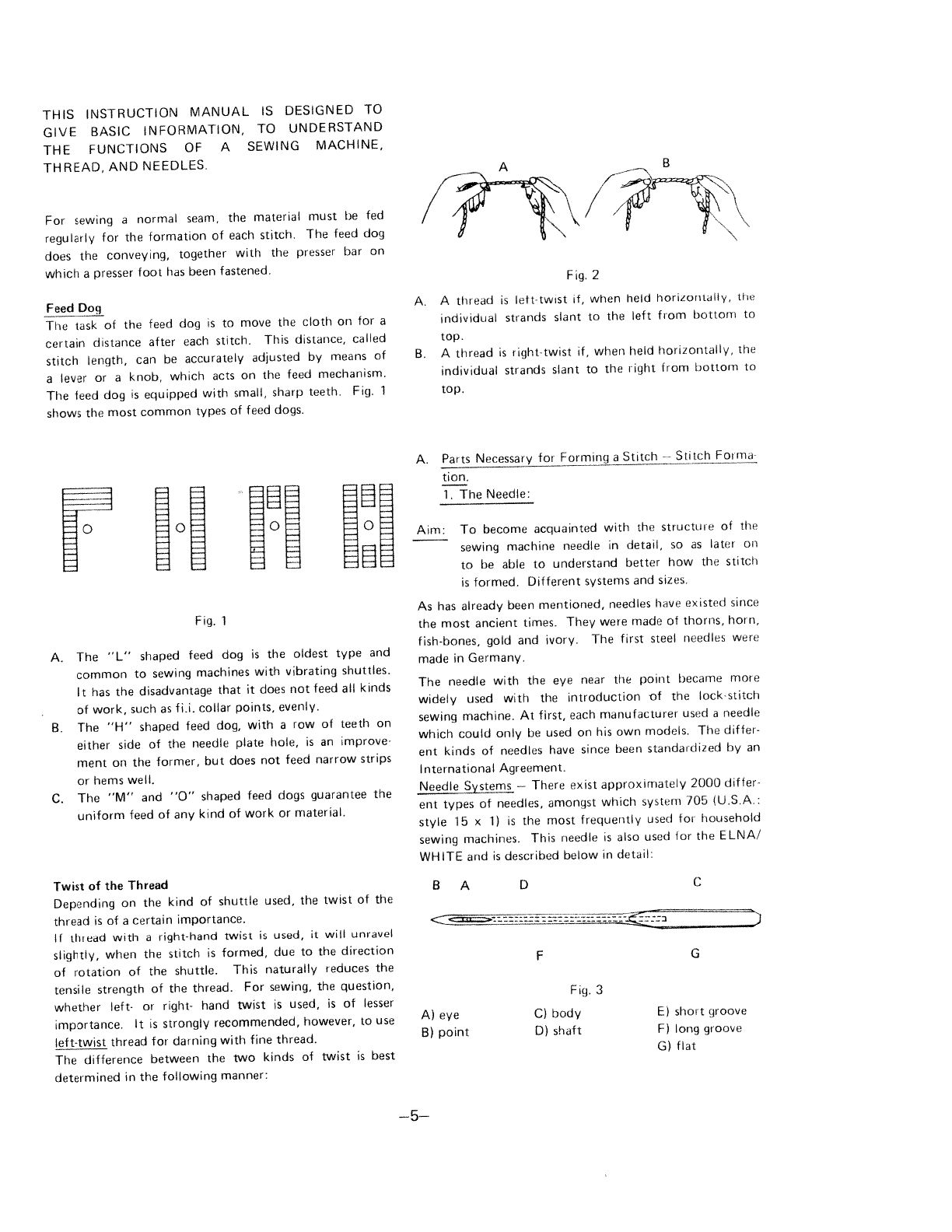
THIS
INSTRUCTION
MANUAL
IS
DESIGNED
TO
GIVE
BASIC
INFORMATION,
TO
UNDERSTAND
THE
FUNCTIONS
OF
A
SEWING
MACHINE,
THREAD,
AND
NEEDLES.
For
sewing
a
normal
seam,
the
material
must
be
fed
regularly
for
the
formation
of
each
stitch.
The
feed
dog
does
the
conveying,
together
with
the
presser
bar
on
which
a
presser
foot
has
been
fastened.
Feed
Dog
The
task
of
the
feed
dog
is
to
move
the
cloth
on
for
a
certain
distance
after
each
stitch.
This
distance,
called
stitch
length,
can
be
accurately
adjusted
by
means
of
a
lever
or
a
knob,
which
acts
on
the
feed
mechanism.
The
feed
dog
is
equipped
with
small,
sharp
teeth.
Fig.
1
shows
the
most
common
types
of
feed
dogs.
Fig.
2
A.
A
thread
is
left-twist
if,
when
held
horizontally,
the
individual
strands
slant
to
the
left
from
bottom
to
top.
B.
A
thread
is
right-twist
if,
when
held
horizontally,
the
individual
strands
slant
to
the
right
from
bottom
to
top.
F
Fig.
1
A.
The
“L”
shaped
feed
dog
is
the
oldest
type
and
common
to
sewing
machines
with
vibrating
shuttles.
It
has
the
disadvantage
that
it
does
not
feed
all
kinds
of
work,
such
as
f
ii.
collar
points,
evenly.
B.
The
“H”
shaped
feed
dog,
with
a
row
of
teeth
on
either
side
of
the
needle
plate
hole,
is
an
improve
ment
on
the
former,
but
does
not
feed
narrow
strips
or
hems
well.
C.
The
“M”
and
“0”
shaped
feed
dogs
guarantee
the
uniform
feed
of
any
kind
of
work
or
material.
Twist
of
the
Thread
Depending
on
the
kind
of
shuttle
used,
the
twist
of
the
thread
is
of
a
certain
importance.
If
thread
with
a
right-hand
twist
is
used,
it
will
unravel
slightly,
when
the
stitch
is
formed,
due
to
the
direction
of
rotation
of
the
shuttle.
This
naturally
reduces
the
tensile
strength
of
the
thread.
For
sewing,
the
question,
whether
left-
or
right-
hand
twist
is
used,
is
of
lesser
importance.
t
is
strongly
recommended,
however,
to
use
left-twist
thread
for
darning
with
fine
thread.
The
difference
between
the
two
kinds
of
twist
is
best
determined
in
the
following
manner:
tion.
1.
The
Needle:
Aim:
To
become
acquainted
with
the
structure
of
the
sewing
machine
needle
in
detail,
so
as
later
on
to
be
able
to
understand
better
how
the
stitch
is
formed.
Different
systems
and
sizes.
As
has
already
been
mentioned,
needles
have
existed
since
the
most
ancient
times.
They
were
made
of
thorns,
horn,
fish-bones,
gold
and
ivory.
The
first
steel
rteedles
were
made
in
Germany.
The
needle
with
the
eye
near
the
point
became
more
widely
used
with
the
introduction
of
the
Iockstitch
sewing
machine.
At
first,
each
manufacturer
used
a
needle
which
could
only
be
used
on
his
own
models.
The
differ
ent
kinds
of
needles
have
since
been
standardized
by
an
International
Agreement,
Needle
Systems
There
exist
approximately
2000
rliffer
ent
types
of
needles,
amongst
which
system
705
(U.S.A.:
style
15
x
1)
is
the
most
frequently
used
for
household
sewing
machines.
This
needle
is
also
used
for
the
ELNA!
WHITE
and
is
described
below
in
detail:
S
A
D
A)
eye
C)
body
E)
short
groove
B)
point
0)
shaft
F)
long
groove
G)
flat
A
B
A.
Parts
Necessary
for
Forming
a
Stitch
-—
Stitch
Forma
C
F
G
Fig.
3
—5—



